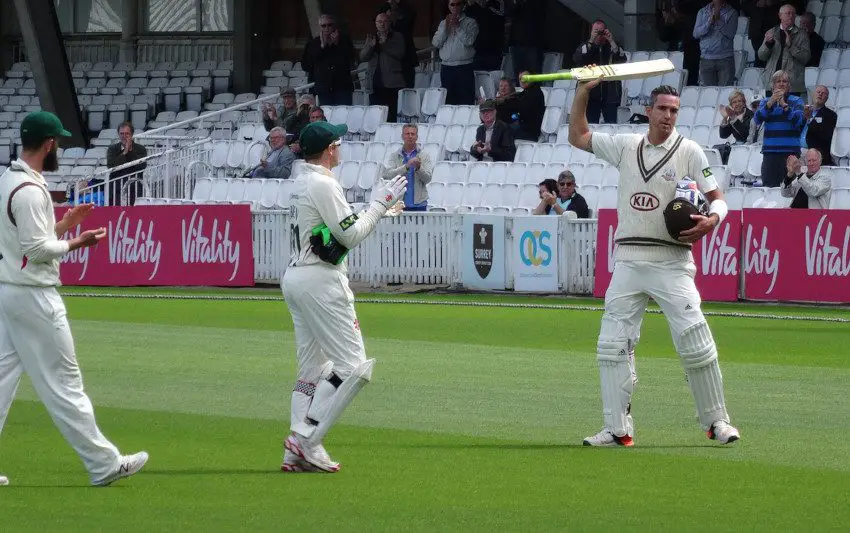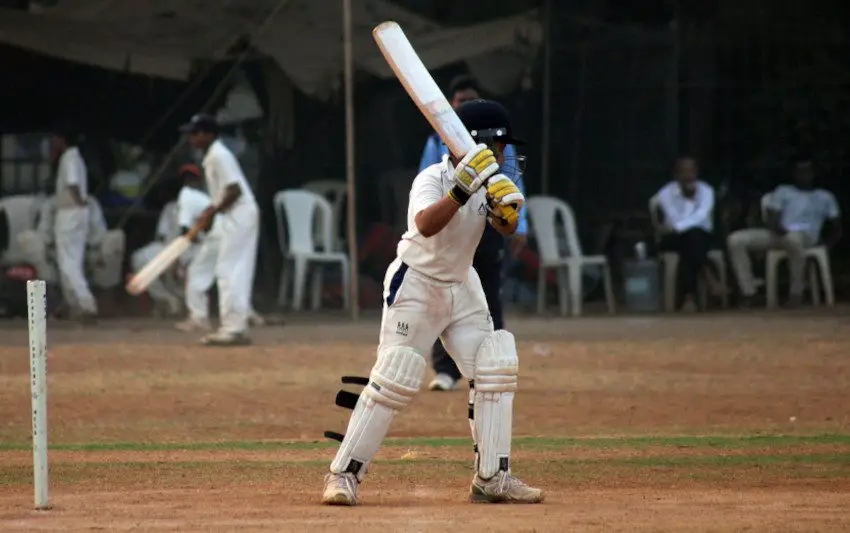Table of Contents
We often read news relating to updated player rankings. Everyone likes to know who the best cricketers are, but what is the ranking system and how does it work?
What is the ICC Ranking System?
The International Cricket Council, (ICC), produces a ranking system for both teams and players. It is a method designed to tell us who are the best players and teams in the world at that time.
There are categories for bowlers, batters and all rounders while rankings appear for the three main forms – Test Cricket, ODIs and T20is.
How are ICC Player Rankings Calculated?
The ranking system was originally introduced in 1987. It worked to an extent, but it didn’t accurately assess immediate form. Things have improved and here’s how points are allocated in the present day.
Ranking Points in Test Matches
Batting Points
Players are marked out of a 1,000 and the points are awarded based on their performances during the game. Points are awarded for:
- Runs Scored: – the literal amount of runs scored by the batter during the game.
- Ranking of Opposition Bowlers: If the batter scores those runs against a highly rated bowling team, they will be awarded more points than if they’d scored them against a weaker attack.
The ICC rankings system uses its official bowler ratings to determine the true value of those runs.
- Level of Runs: This term could be rephrased as ‘percentage’. If a batter scores heavily in a low scoring game, they will be awarded more ranking points than they would if the match had been a high scorer.
- Undefeated Innings: If a batter is not out at the end of the innings, they will receive bonus points.
- Outcome of Match: More points will be awarded in a winning match than for games that are drawn or lost.
Bowling Points
- Wickets and Runs: The first factor to consider when ranking a bowler is the amount of wickets that they take. The runs conceded by that bowler will also be taken into account.
- Ranking of Dismissed Batters: The system will now look into the value of those wickets. If the bowler dismisses batters in the top order – let’s say between numbers 1 to 5, they will carry more value than those from numbers 7 to 11.
The ICC ranking system for batters helps to determine exactly how valuable each of those wickets is.
- Level of Runs Scoring: Once again, this is all about percentages. If, for example, a bowler takes five wickets for 30 runs, they will earn more ranking points if the batting team scores 400 than they would if the opposition had scored 200.
Bowler’s Workload
The number of overs that a bowler sends down is also taken into account. If they’ve had a heavy workload, they will earn more points than teammates who have bowled fewer overs.
Bowling points can even be awarded here if the bowler hasn’t taken a wicket. If they have good economy, they will still earn some points.
Match Result
Bowling is another area where the ICC ranking system will reward players for the match result. More points will be awarded for a win, as opposed to a loss or draw.
Fielding and Other Points
There is no ranking system in place for fielding as yet, although it would be interesting to see it. There is, however, a separate section for all-rounders which combines both the batting and the bowling points.
Ranking in ODI and T20 Matches
The ICC also produces rankings for ODI and T20i cricket. The systems work in the same way for both formats.
Batting Points
Firstly, all of the criteria used for assessing batters in test cricket are carried over into limited overs matches. We therefore have points awarded for runs scored, the quality of the opposition, whether or not a batter is undefeated, plus other factors.
There are additional areas that the ICC takes into account which are:
- Pace of Run Scoring: If a batter scores 100 runs in 75 balls, they will be awarded more points than a player who scores 100 from 100 balls.
Players are also deducted points if they miss a game, no matter what the reason. This may sound harsh, but it’s necessary if the rankings are to reflect immediate form.
In ODI games, the deduction for missing a game is 0.5% of the player’s current total. In T20s, the deduction is 2%
Bowling Points
For bowlers in the short forms, it’s important to keep the runs down. For example, a bowler who returns figures of 4/14 in an ODI or a T20i will receive more points than a teammate who has taken 4/50.
The deduction of points for missing games is also applied to bowlers.
Fielding and Other Points
Once again, there are no rankings for fielders currently, but the batting and bowling points are combined to tell us who are the best all-rounders in ODIs and T20is.
We have also written a guide to the best fielders in the game. Although this is historic, it gives you a run down of the qualities needed to be at the top as a catcher and ground fielder.
Conclusion
It’s interesting for us, as fans, to follow the ranking system, but it’s also important for teams at an international level. Rankings help to identify the players who are really on form at that time and it’s then down to their opponents to devise a way in which to deal with them.
If the teams go deeper into the stats, they can use that analysis to formulate a plan for the opposition. They may be able to see that a certain batter scores more runs in low scoring encounters. Similarly, there may be bowlers who have a good economy rate but don’t take as many wickets as their teammates.
While the ICC rankings help us as cricket fans to see who is the best in the game at a certain point, the numbers also aid the teams in their work as analysts.
National selectors can also consider rankings when it comes to picking teams. They are unlikely, for example, to drop the players who currently feature at the top of the lists. It’s all about assessing form and the ICC player ranking system is the best one that we have.


